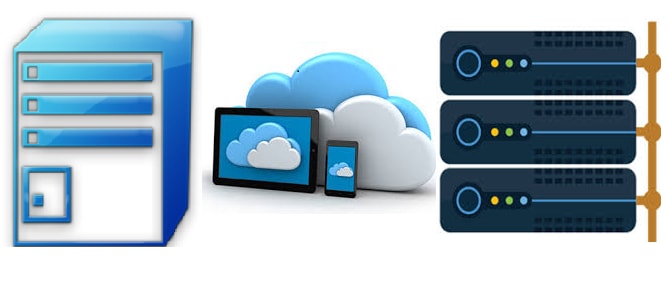Introduction
The availability of a wide range of computing resource options makes users easily lost in the shuffle. Currently, Grid Computing and Cloud Computing are among some of the famous buzzwords in the industry, and both have their advantages and use cases. At the face value, it seems that there are not many differences between grid computing and cloud computing. In fact, they appear to be very similar; however, they often serve very specific needs, use cases, and projects.
In terms of similarities, both grid computing and cloud computing are used in order to provide services through sharing resources and capabilities. Indeed, they seem to be very similar concepts that can be easily confused. Nonetheless, there are some key differences that allow users to distinguish between them properly.
What is Grid Computing?
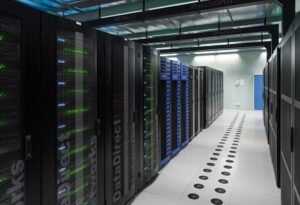
It is also known as “distributed computing.” In general, it links multiple computing resources (PC’s, servers, workstations, and storage elements) together and offers a mechanism to access them. This computing model uses a varied range of applications; for example, scientific, mathematical, and educational tasks through many computing resources. In particular, it refers to a network of the same or different types of computers whose main target is to offer an environment where a task can be performed by multiple computers at once on a needs basis. Also, each computer can work independently.
- Some of the grid computing pros: cheaper servers, more efficient, and fail-safe.
- Some of the grid computing cons: large SMP requirements, fast interconnect requirements, application customization requirements, and licensing.
Also Read: 13 Main Differences Between DBMS and RDBMS
What is Cloud Computing?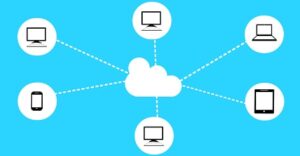
In technical terms, it refers to delivering computing services such as servers, storage, networking, software, databases, and many more over the Internet, without needing the physical computing resources at the client’s location. This means that this computing model has decreased the hardware and software demand from the side of the customer. Moreover, cloud computing consists of two components which are the front end and back end. These two are connected together through the Internet where the front end is at the client’s computer side as the end-users interact with the cloud. However, the back end is the cloud part which includes all the resources required for providing cloud computing services. For gaining expertise in this field, check out the Intellipaat Cloud computing course.
- Some of cloud computing pros: data recovery, increased collaboration and flexibility, and eco-friendly.
- Some of the cloud computing cons: constant internet connectivity, and learning curve.
Key Differences between Grid Computing and Cloud Computing
-
Application Focus
Grid computing emphasizes on networks and thus has a large-scale goal. Also, it focuses on resource sharing, uniform, pervasive and reliable access to data, computation power, and storage capacity. In addition, it aims to deliver a computer as a utility. In contrast, cloud computing mainly focuses on increasing returns and reducing costs. Besides, it has a goal of increasing scalability along with availability and reliability.
-
Resource Usage Patterns
In grid computing, the management assets are decentralized and it has a virtual organization based management. On the other hand, the resources in cloud computing are centrally managed as the whole cloud can work with the centralized system or it can be delegated to any third party.
-
Data Accessibility
In grid computing, users can access the data in the grid devices via cooperating networks such as a low-speed network or internet. In the contrast, cloud computing users can access the resources through the internet only. On that account, grid computing is application-oriented whereas cloud computing is service-oriented.
-
Flexibility
Flexibility is one of the key differences between grid computing and cloud computing. In fact, Grid Computing is less flexible than cloud computing. To further explain, services on the cloud are highly flexible and real-time as it can scale up rapidly. However, the grid offers scheduled services with low flexibility.
-
Used Architecture
Grid computing uses systems such as distributed computing and distributed information. Nonetheless, cloud computing uses client-server services among which are SaaS, PaaS, and IaaS.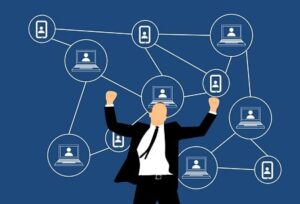
-
Users Payment
One of the main differences between grid computing and cloud computing is the prices required. In general, there is no defined business model in grid computing. As against, the cloud users have to pay as they use. This refers to the utility pricing or metered billing where users do not have to pay as they release the resources.
-
Use and Security
In terms of use and security, grid computing deals with computer’s Idol energy and mostly uses something more sensible. On the other hand, there is a huge amount of data stored in the cloud; therefore, it offers security according to it. As a matter of fact, data store in the cloud is secured and can only be accessed with the aid of credentials.
-
Programming Models
Some of the available models in grid computing are different middlewares such as Globus gLite, Unicore, and so on. However, in cloud computing, there is no middleware. Some of the programming models are Eucalyptus, Open Nebula, Open stack, and so on.
-
Interoperability
Grid computing can support interoperability between providers easily whereas cloud computing does not handle interoperability and can result in vendor lock-in or integration issues. The latter makes it difficult to transfer from a cloud service provider to another.
-
Problem Solving Techniques
In Grid computing, networks are modular and do not have only one fail point. Henceforth, if one computer in the grid disconnects, there are a variety of others able to pick the load. In addition, uncompleted tasks can be scheduled until the user reconnects. Alternatively, organizations in the cloud can divide their resources across many available regions and zones. Therefore, if one region/ zone is unavailable, the organizations switch their resources to an alternative one.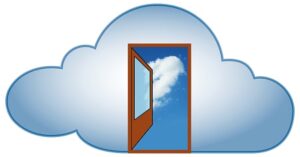
Conclusion
All in all, this article presents a detailed comparison of the two computing models; i.e., the differences between grid computing and cloud computing. When it comes to it, these two models are often regarded as the same computing paradigm only under different names. As a result, this article seeks to separate the two grids and provide a side by side comparison as to how they assemble and what kind of services they offer.
